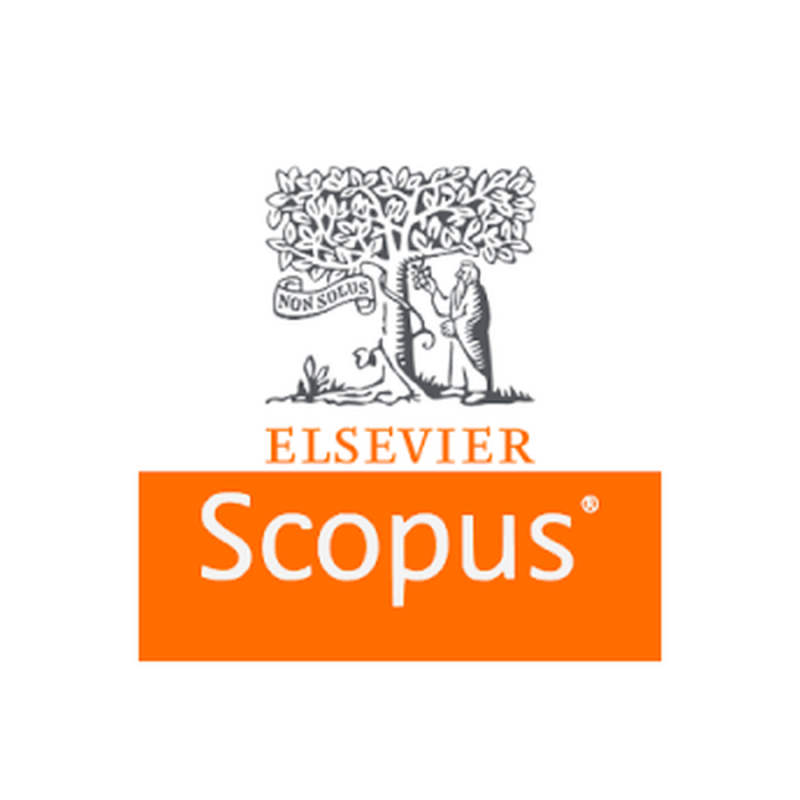Topographic Analysis for Landform Classification Using Geographic Information System: A Case Study of Kirkuk City, Iraq
Abstract
Landform classification is the process of identifying and grouping different types of landforms based on their physical characteristics. This study investigated the use of Digital Elevation Models (DEMs) to classify landforms in Kirkuk City, Iraq. The study used two different DEMs: the Shuttle Radar Topography Mission (SRTM), the Advanced Spaceborne Thermal Emission and Reflection Radiometer (ASTER) Global DEM (GDEM). It used three different landform classification models: the Topographic Position Index (TPI), Support Vector Machine (SVM), and Convolutional Neural Network (CNN). The results of this study showed that the CNN model was the most effective at classifying landforms. The CNN model achieved an overall accuracy (OA) of 88.91% and a kappa of 0.883. The SVM model was the second most effective model, with an OA of 79.81% and a kappa coefficient of 0.781. The TPI model was the least effective model, with an OA of 67.12% and a kappa of 0.658. The field verification results showed that the CNN model was also the most accurate in terms of field mapping. The results of this study suggest that the CNN model is a promising tool for landform classification.



